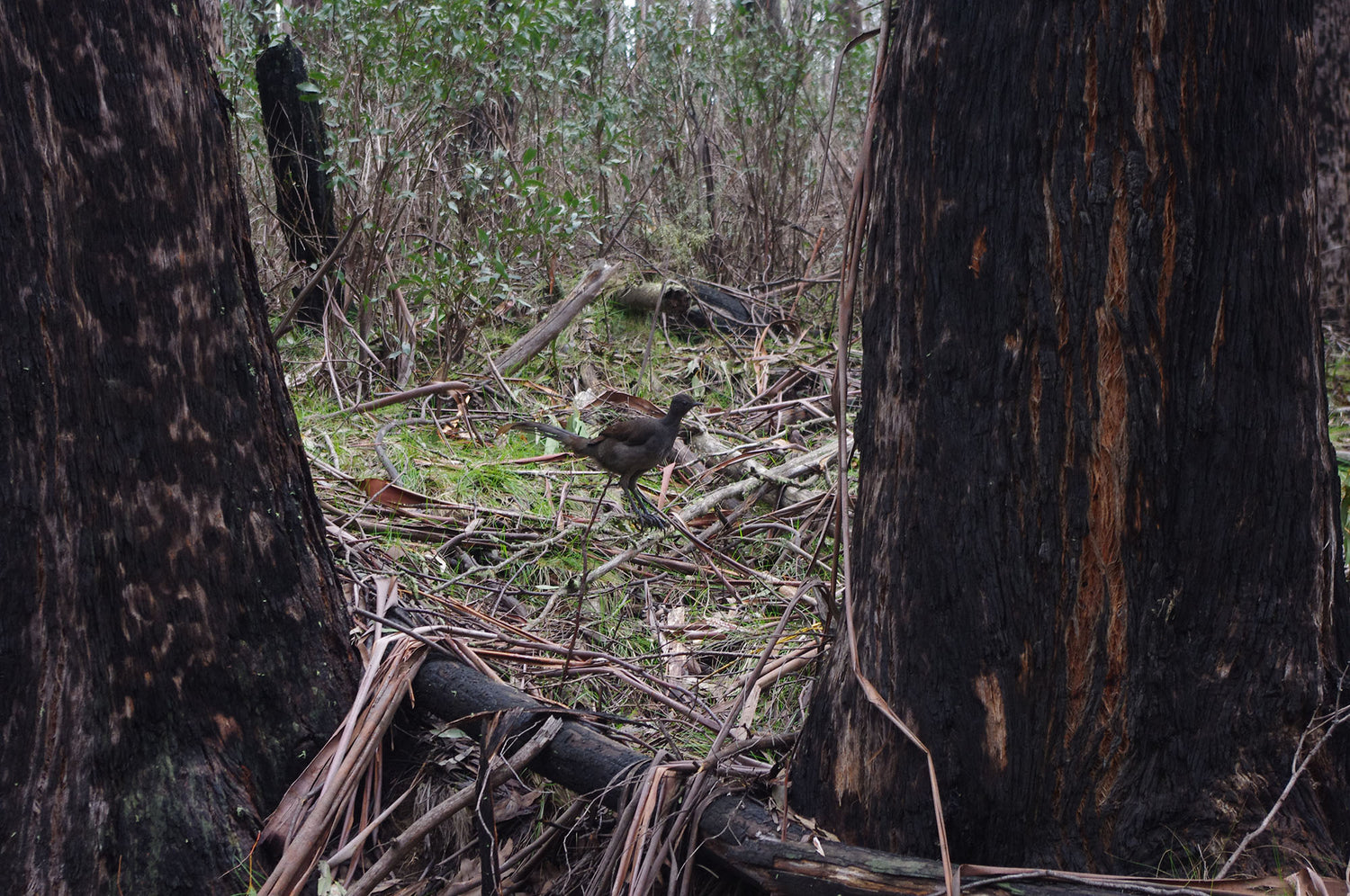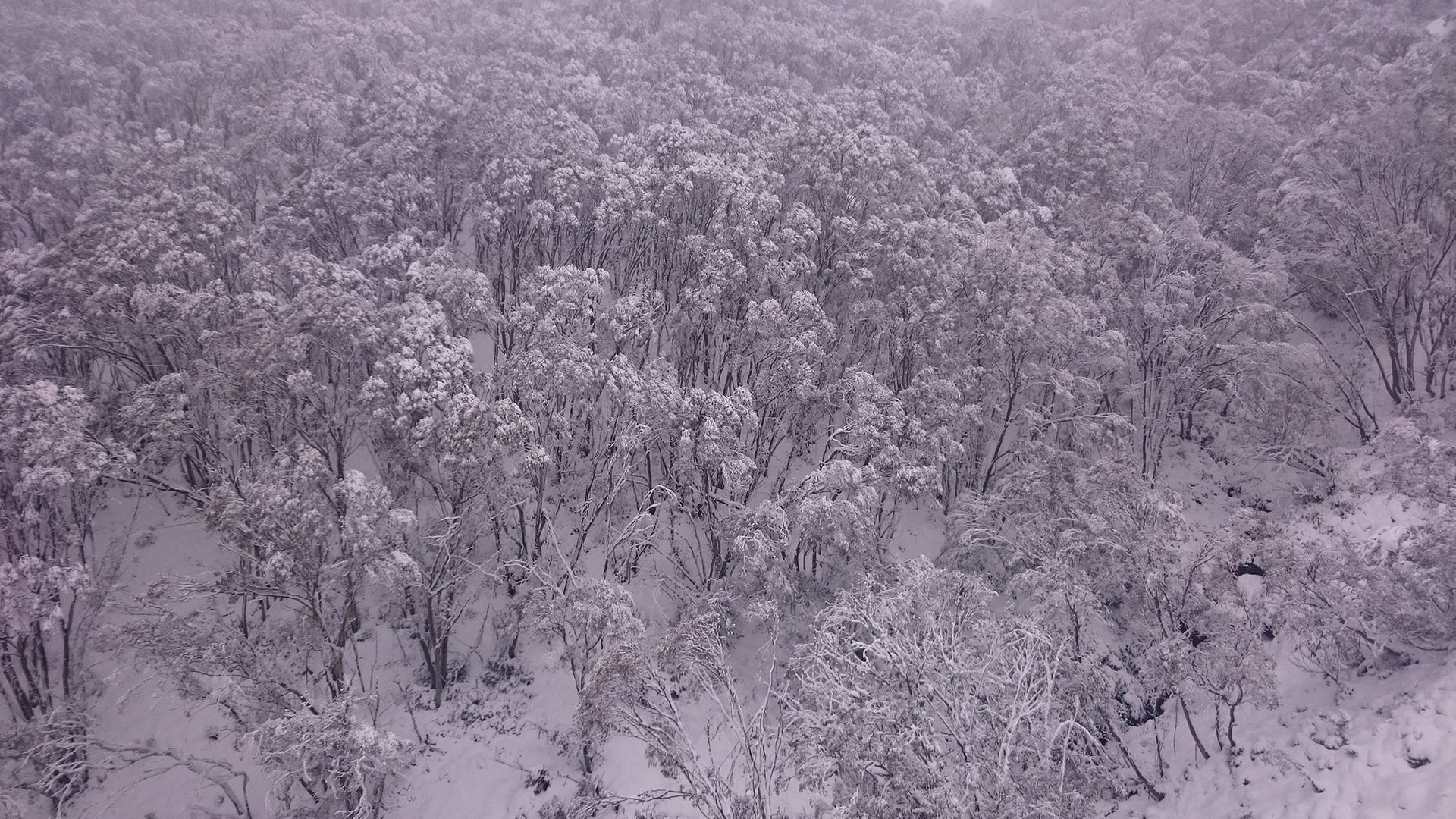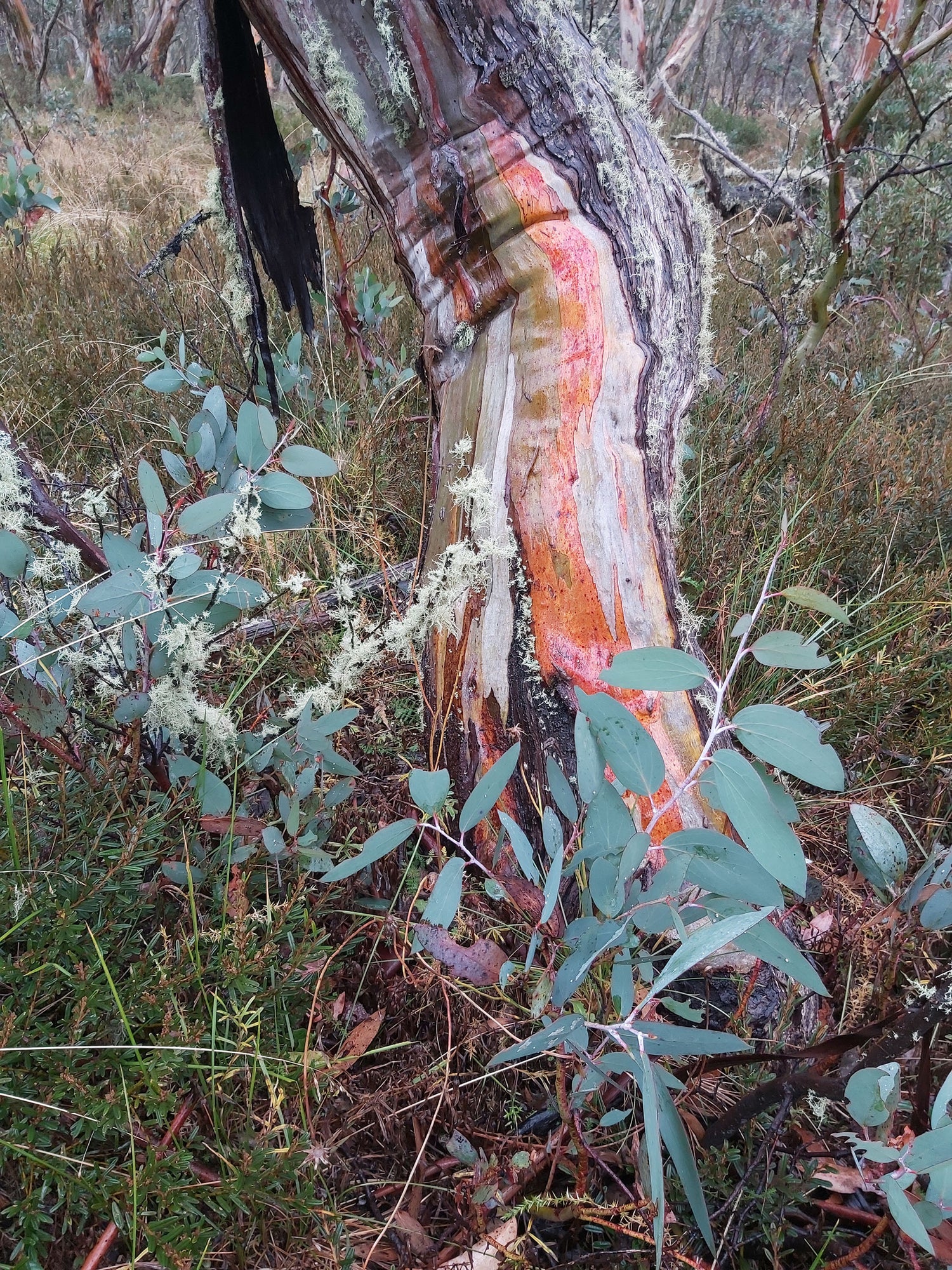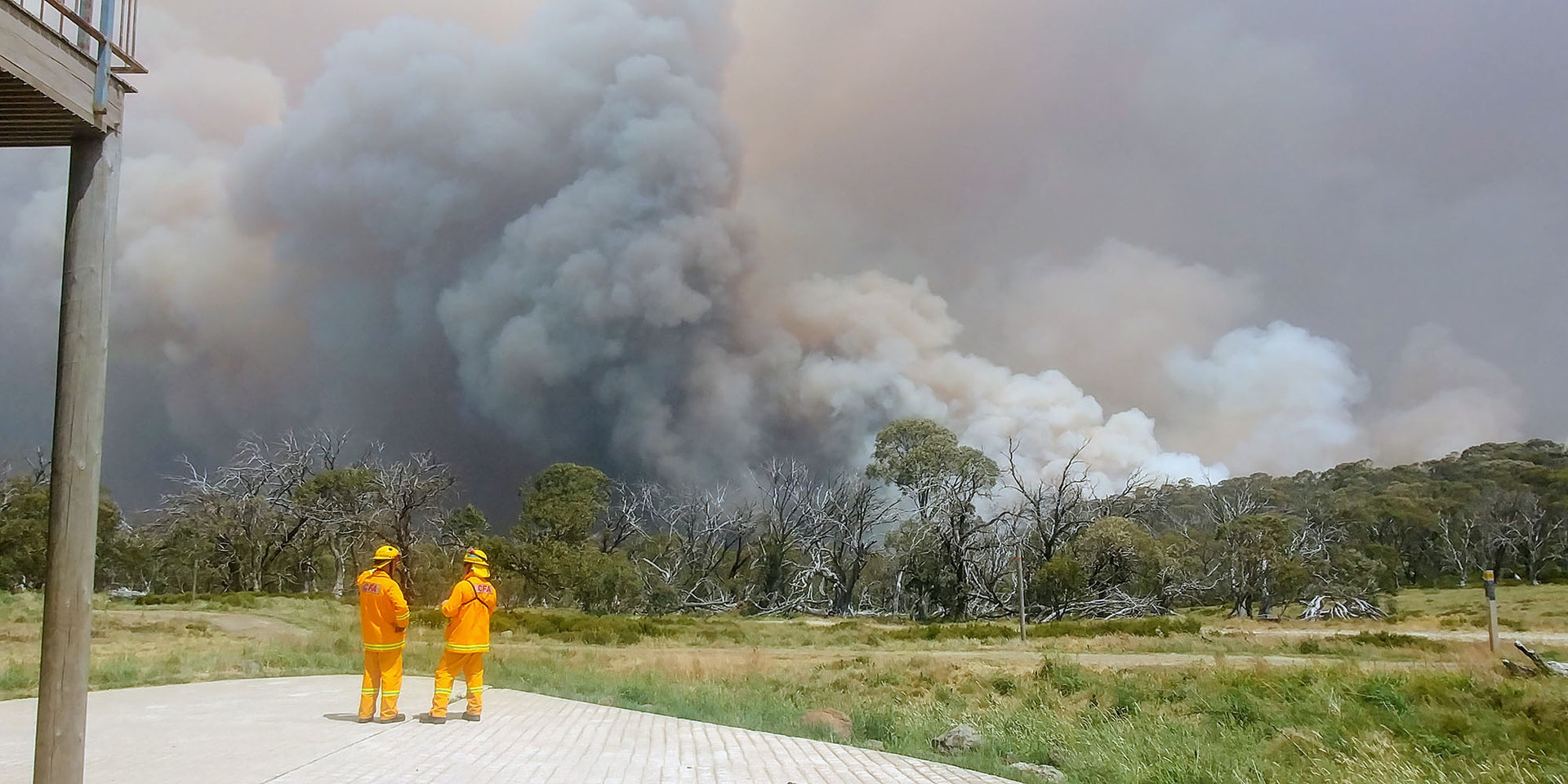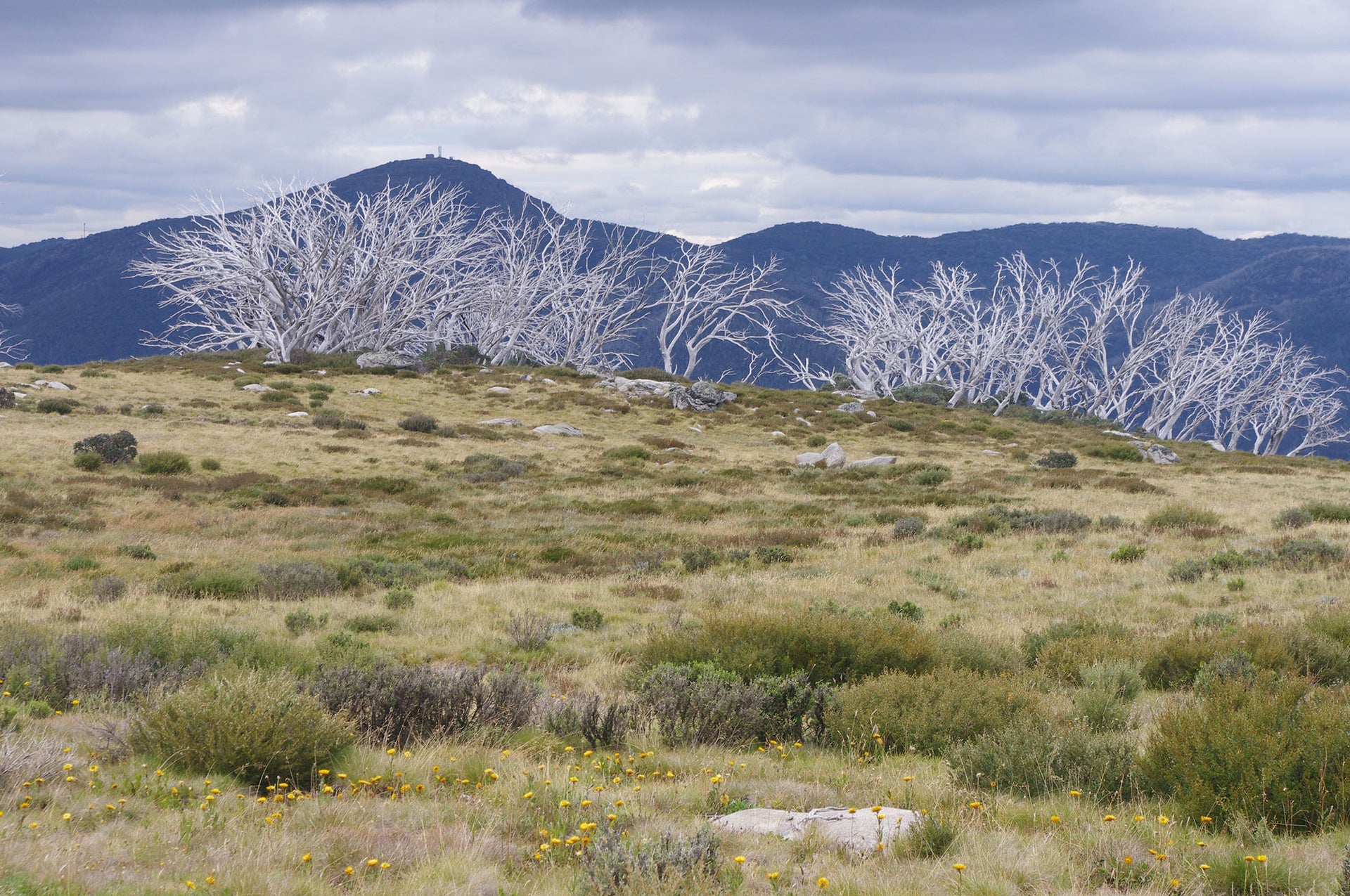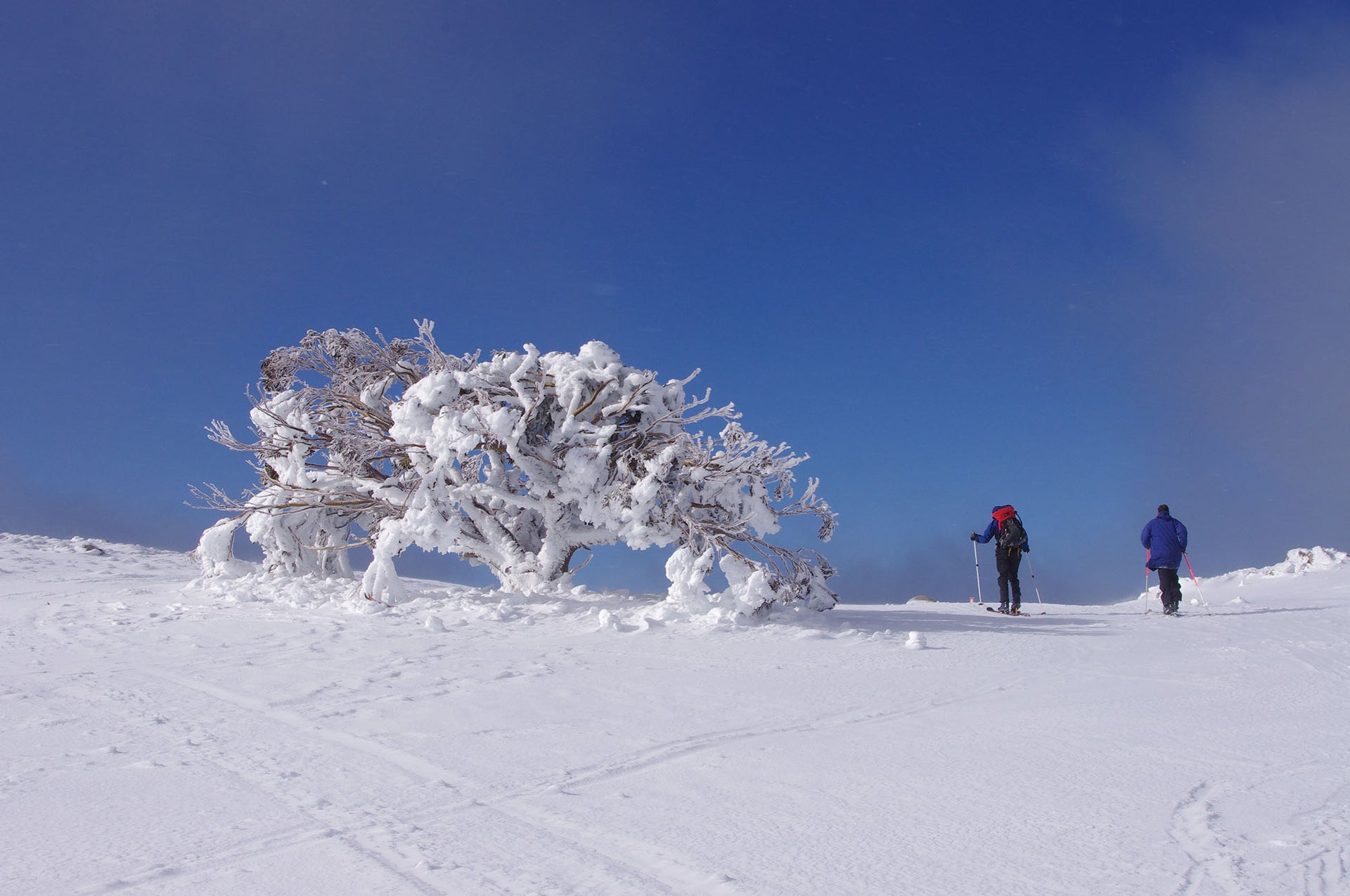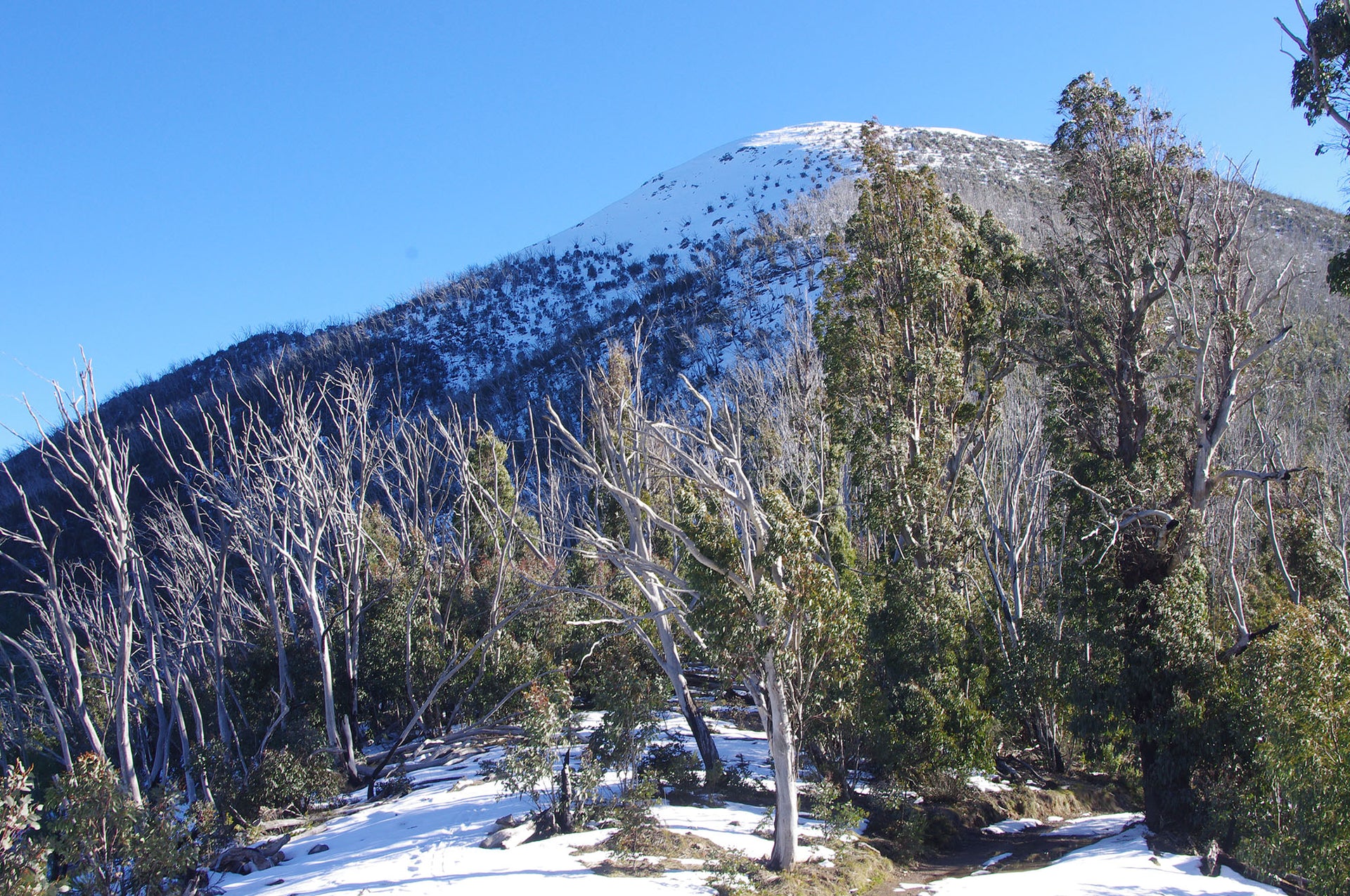Australia is the flattest, hottest and driest of the continents.
And while we are best known for our amazing beaches and desert country, we do have some wonderful mountains. On the mainland, the Australian Alps stretch almost 500km from the outskirts of Melbourne all the way to Canberra. This precious landscape of old rounded mountains covers less than one per cent of the continent but contains a wealth of wild landscapes, wonderful animals and plants, and endless opportunity for adventure.
Many of our mountain species however are at risk from climate change. The mountain pygmy possum – a tiny animal that would fit in the palm of your hand – is Australia’s only hibernating marsupial. It is also the only marsupial to live exclusively in alpine regions above 1200 metres. To survive winter, they need a decent amount of snow cover so they can maintain correct body temperature. But climate change, loss of habitat and predation by feral cats and foxes mean they’re under threat of extinction.
Sadly, climate change is also coming for two of our favourite trees. If you have ever visited the Australian Alps you’ll be familiar with its two iconic tree species – the alpine ash and the snow gum.





